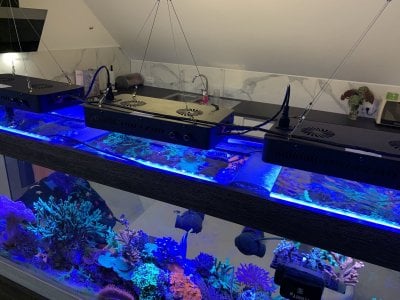Edit ph.
disable probe.
save
Calibrate
Rinse probe in rodi
Place in 7 calibration fluid
Wait for readings to stabilize
Set cal value to 7
Push run
Rinse probe
Put in 10 calibration fluid
Set cal value to 10
Run
Enable probe
Rinse probe and check both 7 and 10 and make sure it’s close.
Thanks. That's basically what I was doing.






















